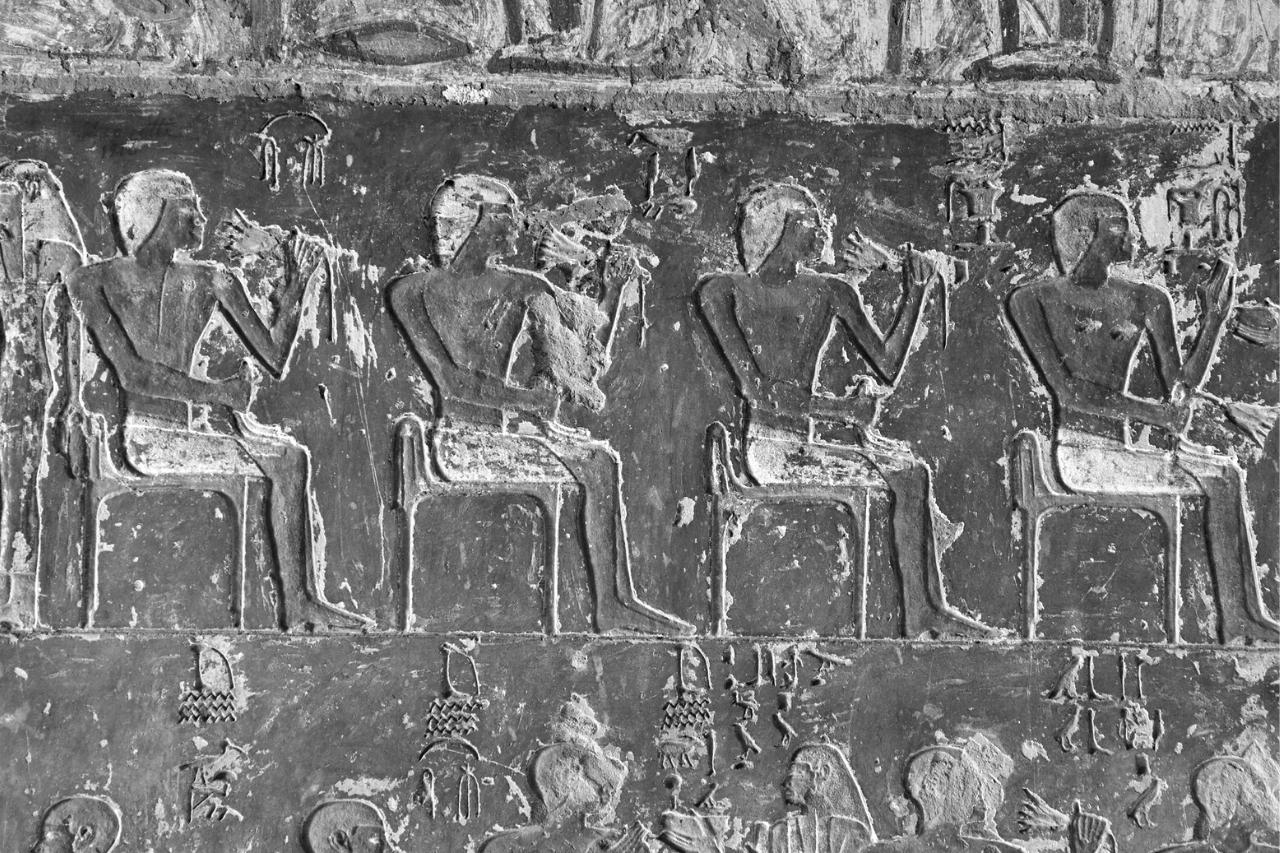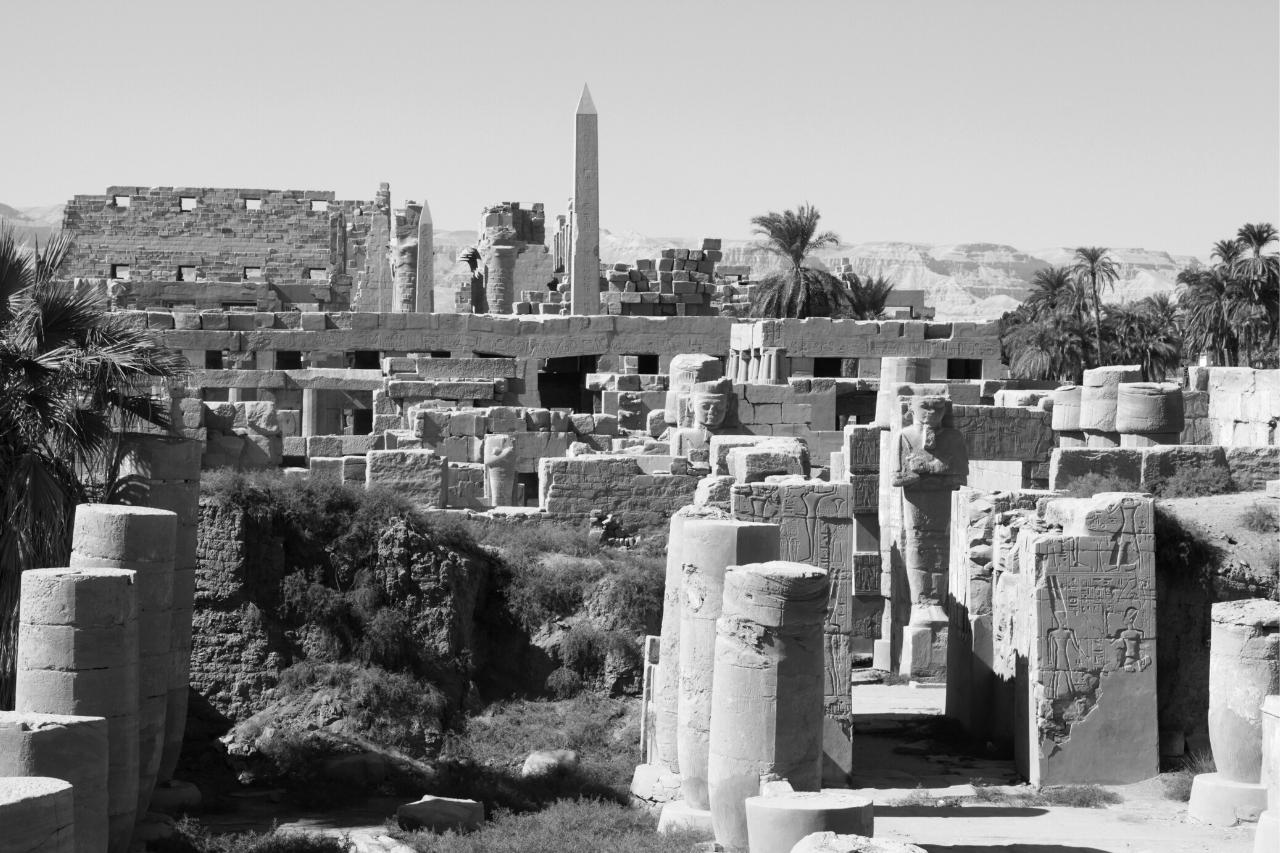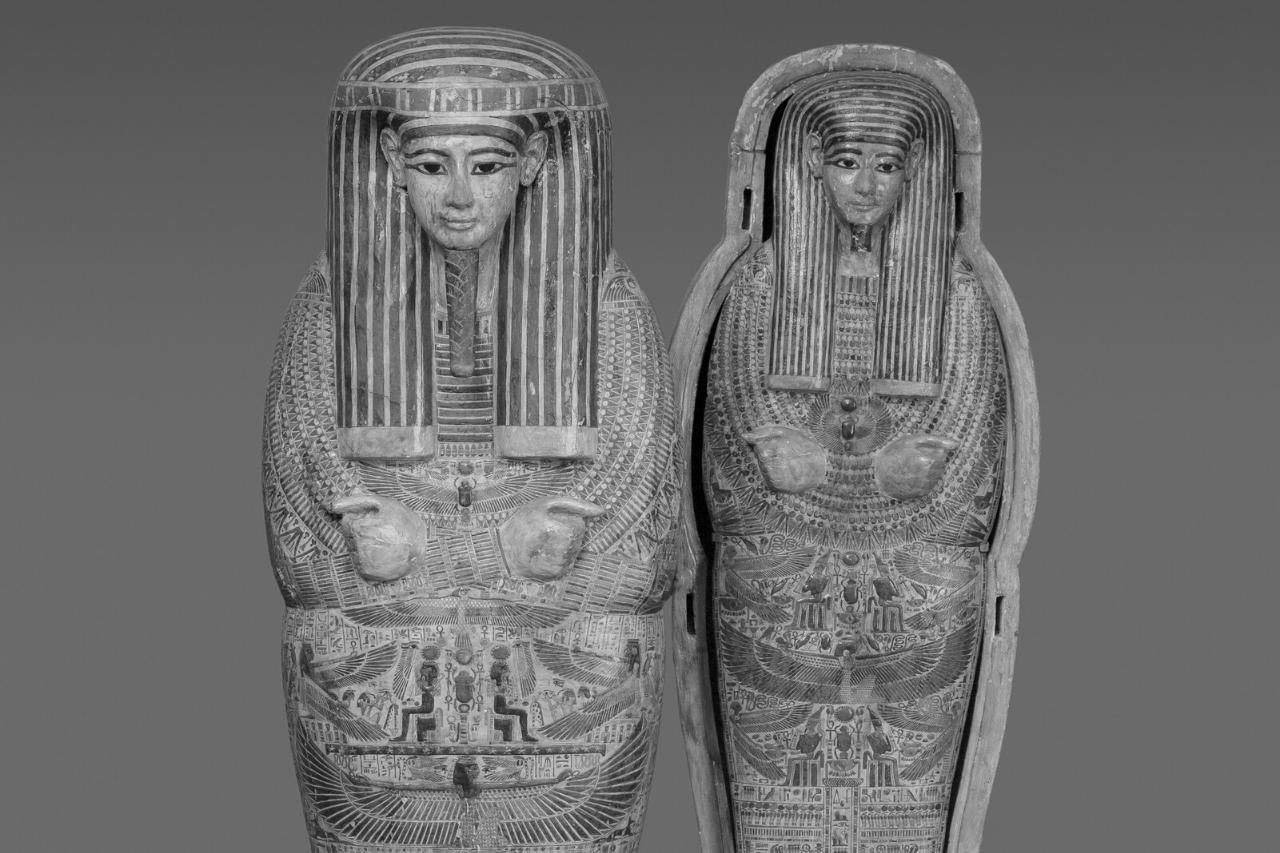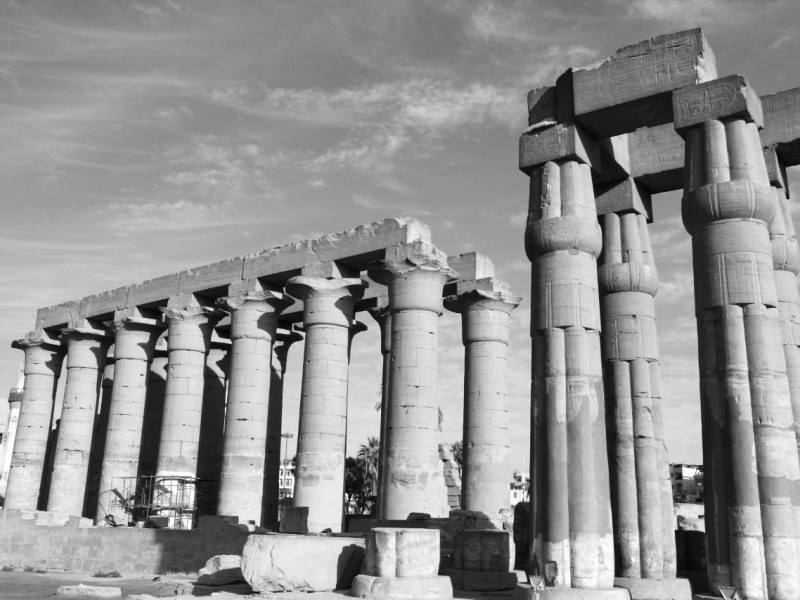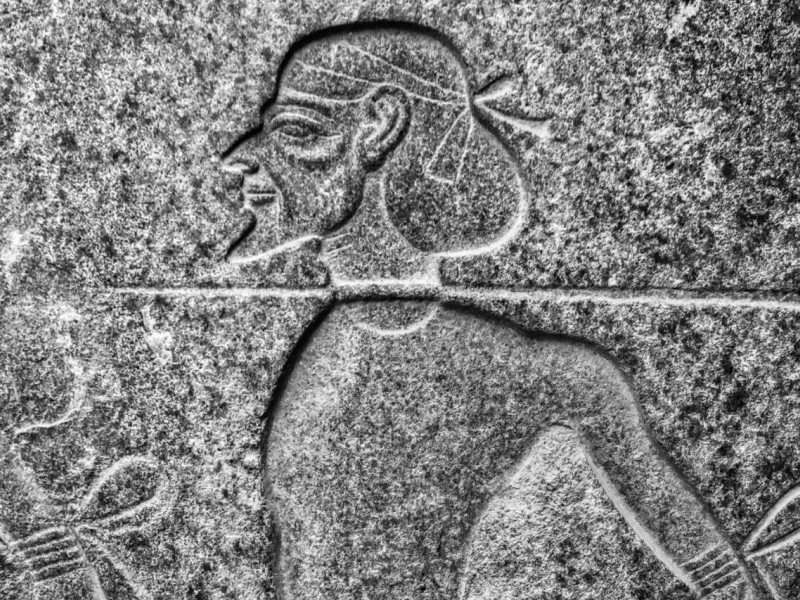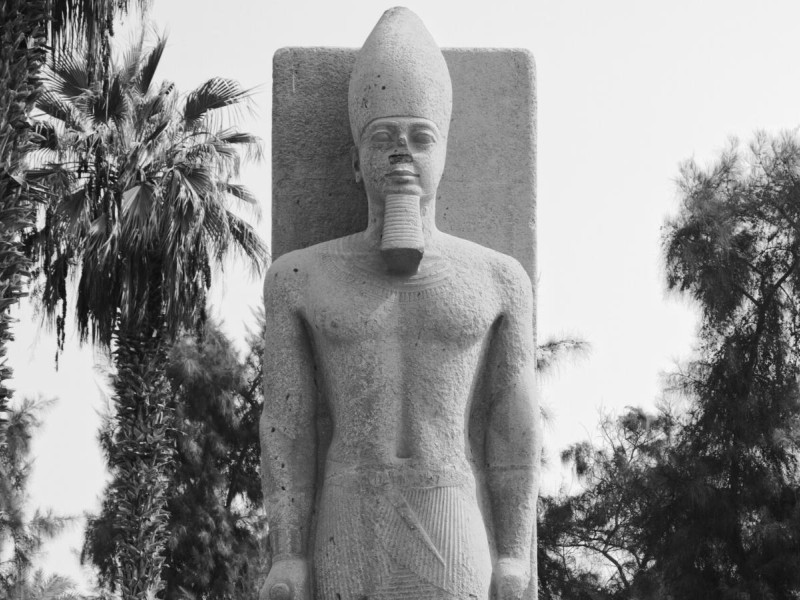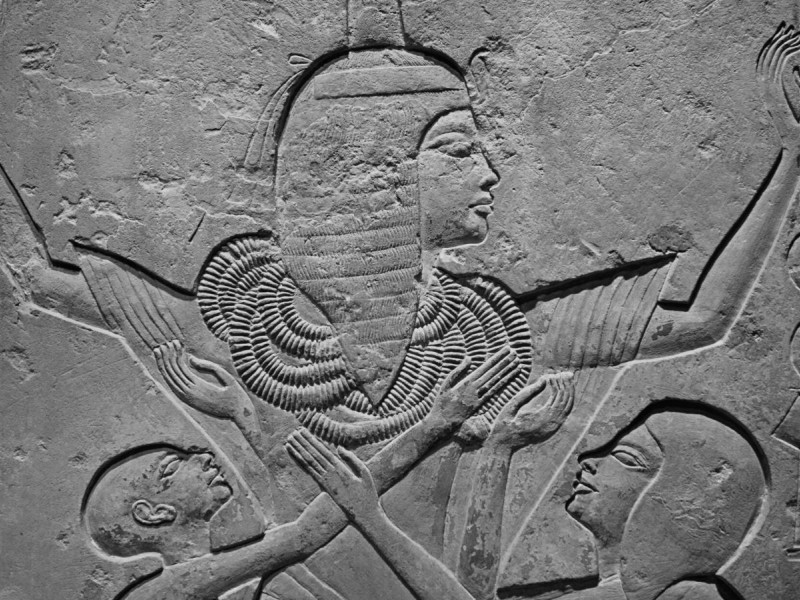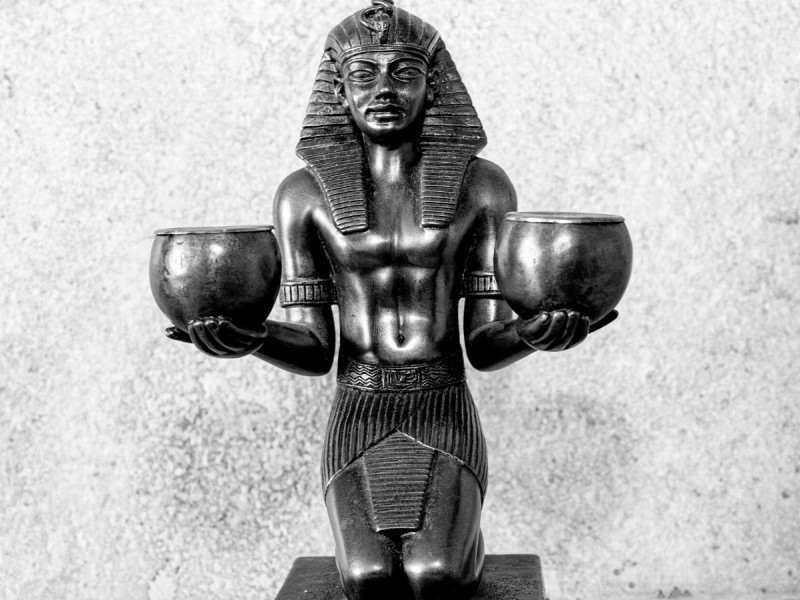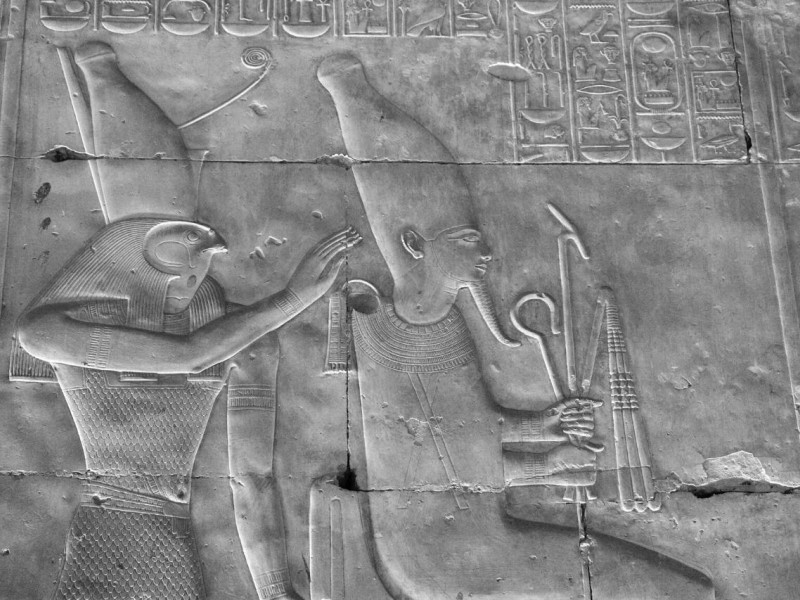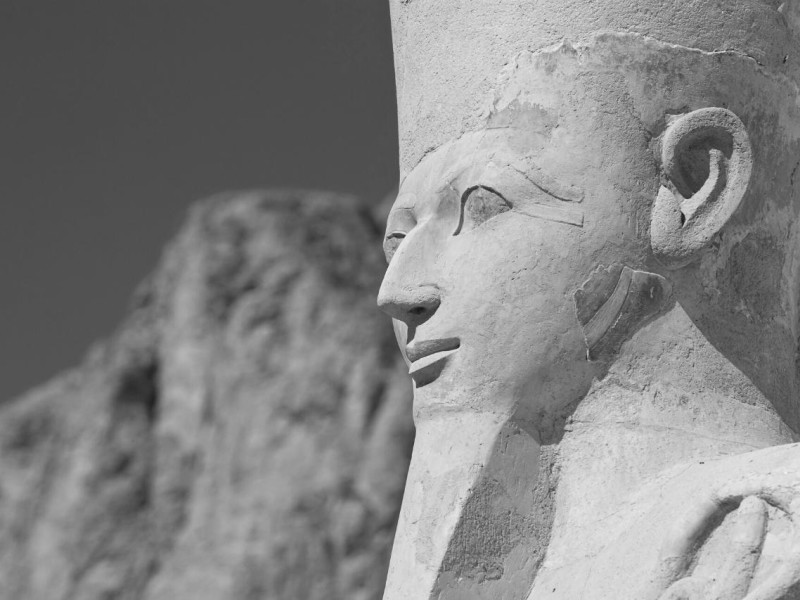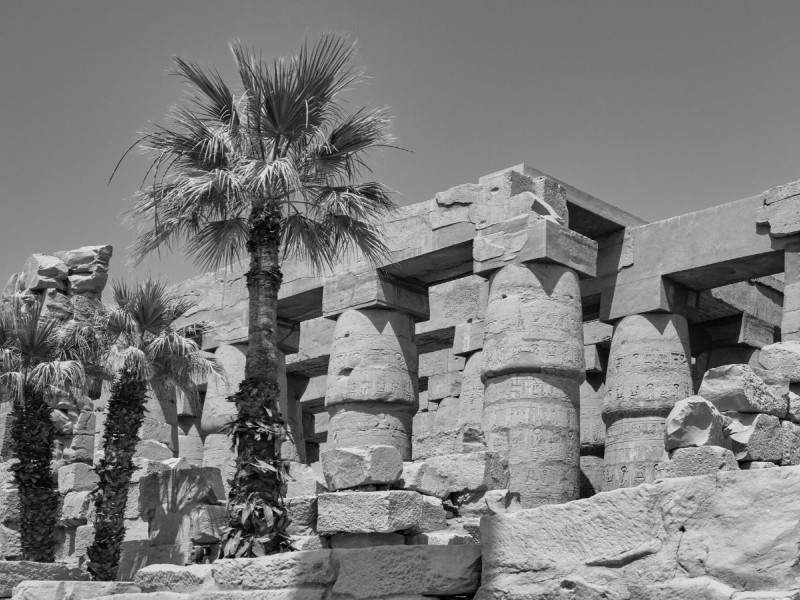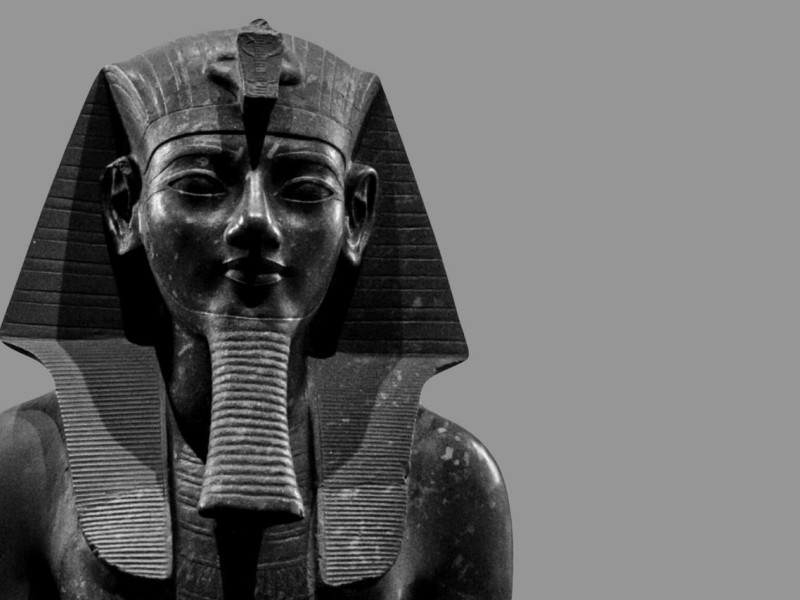Ahmose I: King of the New Kingdom Who Created a Powerful Dynasty
Ahmose I was appointed as a pharaoh at a young age and reigned approximately from 1550 BCE to 1525 BCE.
Read to find out how the victory and legacy of King Ahmose I started the foundation of a powerful dynasty.
Who Was Ahmose I?
Ahmose I was the first pharaoh of the 18th Dynasty of Egypt and came from a Theban royal house. His name was sometimes written as “Amosis” or “Aahmes,” which means “the Moon is Born.” He reasserted the Egyptians’ power by creating a new kingdom and heightening its prosperity, paving the way to future warrior pharaohs who would expand this powerful dynasty.
His father, Pharaoh Seqenenre Tao II, was violently murdered by the Hyksos when Ahmose was only seven years old. His brother, Pharaoh Kamose, his father’s successor and the last pharaoh of the 17th Dynasty died from an unknown cause after reigning for only three years. At the age of 10, Ahmose the first became the pharaoh of the Upper Land of Egypt.
One of the influential women in ancient Egypt, Queen Ahhotep, his mother, became his co-regent in his early years. Queen Ahhotep played a significant role as Ahmose I was still a juvenile and not adequately prepared to run the country.
She imparted a massive contribution to all military campaigns on behalf of Ahmose I while he was still young. When King Ahmose was at the right age, he eventually married one of his siblings, Ahmose-Nefertari, who was given the title of “Great Royal Wife.”
King Ahmose I’s Military Campaigns
Ahmose I initiated several campaigns in Northern Nubia, as the Nubian named Aata attempted to revolt against the Egyptians. However, he was defeated by the incumbent pharaoh. An anti-Theban Egyptian named Tetian rebelled against him but then was defeated again.
With such a successful campaign, King Ahmose I and his troops had also reconquered Palestine and Canaan to strengthen Egyptian power further. There were also campaigns that happened in Syria to secure the borders, including a campaign during his 22nd regnal year.
In the significant campaigns that King Ahmose I led, he was accompanied by a strong military man who was also named Ahmose, the son of Ebana. He accompanied Pharaoh Ahmose I in all his campaigns, as written on his tomb walls. These records indicated that King Ahmose I led three attacks on Avaris, Hyksos’ capital before he completely defeated the Hyksos rulers.
Ahmose, son of Ebana, dedicated his entire life to the military and even served up to the reign of King Ahmose’s son, Amenhotep I. As King Ahmose I was generous to his loyal comrades, he rewarded Ahmose, son of Ebana, a “gold of valor” twice and two female slaves. He was also given a proper burial and a tomb.
Ruler of Thebes
Under Ahmose’s reign, the city of Thebes—modern-day Luxor—was re-established and became the capital of united Egypt, as it had been way back in the 11th Dynasty. The reason behind this was its strategic location at the center of Egypt.
Whether an attack originates from the south or the north, they would be able to defend the empire. In the city of Thebes, men trained to start from a young age to serve and protect Egypt.
As the city stabilized after the reunification, there was no other city more religious than Thebes. The famous cult god Amun was worshiped and to whom all Ahmose I’s military victories were credited.
They established centers for professional civil service, where they educated the illiterate to become scribes as the archives began to be filled with a lot of reports. Aside from being known for his religiosity, great sovereignty, and good governance, Ahmose I was also known as Ahmose of Thebes.
Ahmose I’s Respect to Ancient Women
Women in ancient Egypt were treated with more importance than women in any other civilization, and Pharaoh Ahmose I’s regency made a standard of it. To preserve the pure royal bloodline, selecting a woman with the most royal blood to marry was significant. Hence, it was common in their time to marry their siblings.
Keeping in mind that a king could have multiple wives as long as he could support them. Queen Ahmose-Nefertari, his sister, became the Chief/Great Royal Wife and the mother of his successor, Amenhotep I. As a result, she was eventually given the new increased title “God’s Wife of Amun,” meaning the highest priestess next to god Amun, or a female counterpart of the high priest worshiped after her death.
The Queen Mother
When his mother, Queen Ahhotep, became his co-regent, she contributed powerful victories from military campaigns until Ahmose rise to power to become a pharaoh fully. However, her power did not come to an end. When King Ahmose was having campaigns in Nubia, the Hyksos again attempted a rebellion, bravely she intervened and helped quash them to maintain her son’s power until he returned.
Grateful for her victory, King Ahmose I rewarded his mother a necklace with the “Golden Fly of Valor” for her supporting role in defeating the rebellion and sustaining his power. He was also heavily influenced by his grandmother, Queen Tetisheri, who supported him in retaining his authority as king. He commemorated them by giving them enough recognition and honor for their power and by building temples and statues for them that have stood throughout the years.
Ahmose I’s Projects and Arts
In the passing years of his reign, Pharaoh Ahmose I revived the temples and other monumental constructions to show royal support and service to the traditional ancient Egyptian gods. He reopened the Tura limestone quarries and Maasara quarries to provide stones for the monuments.
Since the reunification of Upper and Lower Egypt, his building program acquired finer materials, such as gold and silver from Nubia, cedar from Byblos, and Lapiz Lazuli from Central Asia, which kept his construction intact through the years. He opened the rich gold mines in the south of Egypt and the copper mines in Sinai. These constructions surpassed the Old and Middle Kingdom’s projects.
Renovations
Nevertheless, he created trading routes to increase the opportunities between Egypt and Syria, together with renewing the existing temple of Amun at Karnak and the temple of Munto (war god) at Armant.
He also built the magnificent temple and buildings beside his pyramid for his predecessor, successors, and even officials that were loyal to him and to Egypt.
Ahmose took every opportunity to construct a project within the land of the former invaded part of Egypt, the Avaris capital of the former Hyksos ruler. A project palace inscribed with his name and that of his son, Amenhotep I, was decorated with Minoan frescos.
The advanced art of glassmaking was also discovered to originate from his rule after scholars found a glass bead that contained both the names of Ahmose I and his successor, Amenhotep I, together with the date of their reigns at their temple.
The craftmanship of King Ahmose I was important during his reign as he tried to build a new kingdom. As the expulsion of Hyksos was one of Ahmose accomplishments, his building programs lasted for no more than a decade to bring Egyptians’ power to its peak. The legacy was continued by his son and successor, Amenhotep I.
The Last Royal Pyramid
As women in ancient Egypt held an extraordinary power, adjacent to the main pyramid, were the temples dedicated to King Ahmose’s wife Ahmose- Nefertari, his mother Queen Ahhotep, and grandmother Queen Tetishari. Inside Queen Ahhotep’s temple were jewels, weaponry, an ax with a blade that showed how King Ahmose struck a Hyksos soldier, and a golden fly necklace that was rewarded to the queen.
The succeeding pharaohs did not take care of the pyramid for practical and religious reasons. The surroundings of the pyramid were vulnerable to flooding, such that the pyramid could not be further used as a temple. The pyramid did not serve as the tomb of Ahmose I but was a cenotaph of him, as well as of his predecessor and successor, as an honor for the great accomplishments of King Ahmose I for ancient Egypt.
Recent Discoveries
The building of massive projects culminated with the construction of the last pyramid of the Egyptian ruler. The pyramid of Ahmose I was the only pyramid built in the area of Necropolis in Abydos, Egypt, and it was said to be the last known royal pyramid ever built in Egypt. This pyramid was discovered in 1899 and eventually recognized as his in 1902.
It was only in the year 1993 that thousands of carved and painted fragments were discovered in the interior of the pyramid. These depicted the complex battle narrative against the Asiatic enemy, featuring archers, ships, dead Asiatic enemies, and chariots of horses in Egyptian art.
King Ahmose gave credit to his loyal officials and to the people responsible for the construction of the building and parts of statutes by engraving their names on the pyramid bricks. These could be seen in small inscribed stone slabs, also known as votive stelae, as a part of worship, as well as in fragments of limestone temple reliefs.
There is no information as to where his tomb was or where he was originally buried. His mummy was found in Deir El Bahri-Cache. It was an ancient Egyptian tomb where several pharaohs were found as well.
King Ahmose I’s Mummy
Considering that King Ahmose I became a ruler at the age of 10, many scholars conclude that he ruled Egypt for about 25 years before his death, as found on his votive stelae. His mummy was found within Deir El Bahri-Cache.
Evidence shows that he was reburied there to protect his mummy from tomb robbers for illegal antiquities. It was revealed that he probably died at the age of 35, but there is no specific information on how did Ahmose die.
It is evidently shown that he was reburied because archeologists found the name of the ruler of the 21st Dynasty, King Pinedjum II, in a mummy wrapping. Signs of ravage by ancient tomb robbers were identified as his nose was smashed and the head was broken off from his body. The body has a height of 1.63 m and protruding teeth—an inherited family feature—as they were also seen on his predecessors’ mummies from the same family and bloodline, such as Thutmose II. King.
Ahmose’s body was recognized to be definitely his because of the name found within his coffin in hieroglyphs and on the bandages in hieratic scripts. Currently, King Ahmose’s body is preserved and located in Dra Abu el-Naga, Egypt. It is placed together with the mummies of his wife and mother and other pharaohs from the 18th to 19th dynasties, including Amenhotep I, Thutmose I, Thutmose II, Thutmose III, Rameses I, and Seti I.
Family’s Succession and Deaths
His son with Queen Ahmose-Nefertari, Amenhotep I, was the next pharoah in line. Scholars found out that Amenhotep I served as co-regent with him for just about six years before he died. Although Amenhotep I’s regency was not long compared with that of other pharaohs, he was still able to continue what his father already started.
Queen Ahhotep and Queen Tetisheri’s mummies were discovered in Deir El Bahri-Cache, as they were also placed there to be protected from tomb robbers. Their original tomb cannot be identified completely, but it was believed that it was the temple King Ahmose I built for them.
Theban Against Hyksos
Before Ahmose I’s reign, King Seqenenre Tao II arranged a revolution against Hyksos to reclaim the lower land of Egypt. Several raids happened in Avaris, the Hyksos capital, and the Nile Delta.
Unexpectedly, the foreign rulers became stronger in military defense, showing such accomplishment as creating new weaponry, which caused the defeat of Pharaoh Seqenenre Tao II, who was brutally killed during the war. This was discovered when the mummy of the late king was studied; his features on the right of his face were distorted, and there was a big crack on his forehead.
Numerous sources believed that Pharaoh Kamose, following the footsteps of his father, also tried to expel the Hyksos invaders, thus being at war all the time. Theories stated that his death could have happened on the battlefield. However, these were disregarded as there’s no strong evidence that will prove the cause of death of the last pharaoh of the 17th Dynasty.
However, during the 18th dynasty as Ahmose I took full control of the throne, his first and best known military campaign was when he victoriously defeated the Hyksos by attacking its capital, Avaris. This resulted in the reunification of the upper and lower lands of Egypt that his father once longed for.
To secure and empower loyal officials, he assigned a vizier, or the highest military official next to the king, to rule the regions in Lower Egypt and probably the regions in Upper Egypt as well.
Background Information
Ahmose I gained back his power from the rebel Hyksos, ruler invaders of Lower Egypt in Memphis (also known as rulers of foreign lands or Asiatic people).
He was a member of a Theban royal house. Ahmose I was a son of Pharaoh Seqenenre Tao II and was next in line to the throne after his brother, Pharaoh Kamose, who died after seven years of regency. Upon coronation, he became known as “nb-pḥtj-r,” which means “The Lord of Strength is Ra,” dedicating his victory to the famous ancient Egyptian god Amun-Ra.
Inheriting the throne at such a young age, how did King Ahmose manage to rule the vast land of Egypt and even take back the power that his father attempted but failed to claim? He even made it possible to construct various buildings and temples that can be seen up to this day.
Conclusion
Ahmose I was the first pharaoh of the 18th Dynasty and the founder of the New Kingdom. The complete expulsion of Hyksos’ regime was achieved after many attempts because of his great leadership, strategy, and loyal armies.
Every pharaoh that ruled for their respected regnal years had room for improvement on governance to meet the country’s full potential.
Still, King Ahmose I’s achievements did not go to waste as this was the beginning of a powerful dynasty. These are some of the remarkable accomplishments during his reign that were passed on through history:
The fulfillment of the long yearning for reunification between Lower Egypt and Upper Egypt, and unified Egypt reclaiming its power
Construction of several pyramids, temples, and chapels for his family, successor, and predecessor with the finest materials Egypt had
Advanced art of glassmaking as passed through future pharaohs
Promotion and strengthening of religiosity within his regnal years
The importance of women and the value they possessed to make powerful decisions and hold authority
Co-regent with his successor for up to six years to ensure good governance and maintain the prosperity of the empire
His reign might not be prosperous compared with that of his successors, such as Rameses II or Hatshepsut, but the achievements and legacy of King Ahmose I became the pillars of a mighty dynasty.
